
Finally, a gaming headset you won’t be ashamed to wear outside
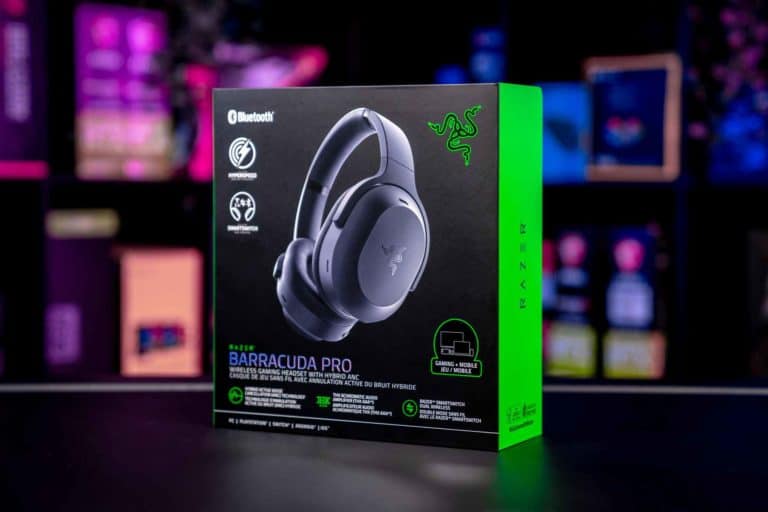
The Razer Barracuda Pro is the latest and greatest addition to Razer’s gaming headset lineup, and like other manufacturers, they are having a go with integrated beamforming microphones.
Integrated microphones allow headsets to shed their typical gaming silhouette in favor of a more multifunctional and portable shape akin to the Sony WH-1000 noise-canceling headphones.
This is all well and good, as it makes for a more minimalist attractive design, but Razer has made a name for itself with high-performance, tournament-ready gaming peripherals, and we’ve had bad experiences with beamforming mics in the past.
Most notably, the Asus ROG Deltas S Wireless was a great headset, unfortunately marred by integrated microphones that simply weren’t suitable for gaming. So, let’s see if Razer has done a better job with the Razer Barracuda Pro.
NOW READ: Asus ROG Deltas S Wireless gaming headset review
Razer Barracuda Pro specs
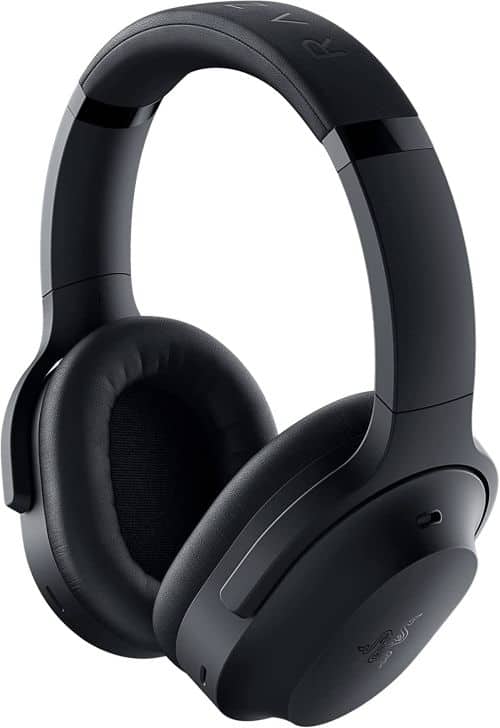

Razer Barracuda Pro Wireless Gaming & Mobile Headset
Connectivity
USB Type-C, 2.4GHz wireless, Bluetooth 5.2
Frequency response
20 Hz – 20 kHz
Mic
Dual Integrated Beamforming Noise-Cancelling with omnidirectional pickup
Compatibility
PC, Mac, PS4/5, Mobile
Pros
-
Very comfortable -
Excellent seal for ANC -
Great build quality and included case
Cons
-
ANC kills the bass response -
Too expensive
USB Type-C, 2.4GHz wireless, Bluetooth 5.2
Dual Integrated Beamforming Noise-Cancelling with omnidirectional pickup
What’s in the box & setup
Unboxing the Razer Barracuda Pro was an enjoyable experience, just like the majority of Razer’s gaming peripherals, it felt like a treat to be opening it up.
Usually, we make a big deal out of the packaging, paying particular attention to the foam and how safe the product is kept during delivery, which is sort of a non-issue with the Barracuda Pro.
This is because it comes with a protective carrying case, and it’s shipped instead said case, meaning that Razer could get away with very minimal packaging.
This is a good idea as it saves space, prevents unnecessary material waste, and keeps shipping costs lower than usual. And of course, you get a carrying case too, which is very rare for gaming headsets.
Previous
Next
The box is very slim and after yanking the sleeve off, the box opens up, revealing the carrying case nestled in a form-fitting plastic insert. This is healed secure as there is a thin layer of foam on the backside of the front of the box.
Between this foam, and the carrying case, it’s probably the most secure packaging we’ve seen from Razer, so if your delivery person is fond of launching packages over the fence from range, you’ll still be OK.
The setup was essentially identical to most other gaming headsets: Slap the dongle into a vacant USB port and hold the on button until you hear a mysterious woman saying ‘connected’.
As the Barracuda Pro is Bluetooth-enabled too, simply tapping the Smartswitch dual wireless button will switch it over to Bluetooth, where it will enter pairing mode and you can connect it to your device of choice.
For use with a PC, we’d recommend installing Razer Synapse, as the out-of-the-box EQ is far too bassy, so some fiddling is needed, especially if you intend the Razer Barracuda Pro as your gaming headset.
NOW READ: Razer Synapse guide
Design
The design of the Barracuda Pro is evidence of Razer finally growing up. There is no RGB lighting, vivid green accents, or aggressive branding.
In fact, this gaming headset simply looks like any pair of noise-canceling headphones you’ve seen people wearing on planes, trains, and automobiles, which hints at their true purpose, which isn’t gaming, but we’ll get to that later.
If you’re familiar with the Sony WH-1000XM4 or Bose QuietComfort 45, You’ll immediately realize just how far Razer has gone to differentiate this product from their previous headsets, as it’s almost identical in shape, weight, and fit.
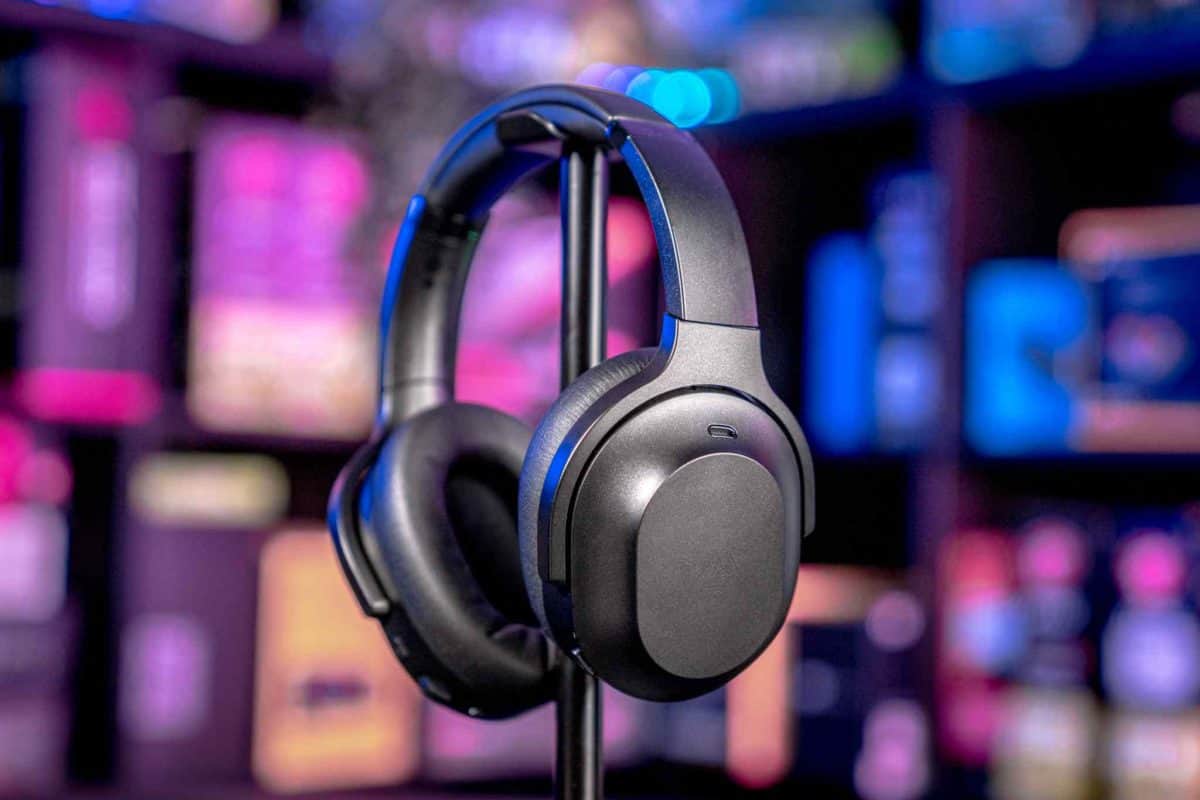
The Razer Barracuda Pro is underdesigned to such an extent, that there isn’t a lot to write, as they are as standard as it gets for a set of over-ear wireless headphones, and our product photography will do a better job. How many words is a picture worth again?
Anyway, branding here would be too much, but none of it is colored so Razer can get away with large logos on each earcup, and along the top of the headband, but that’s about it.
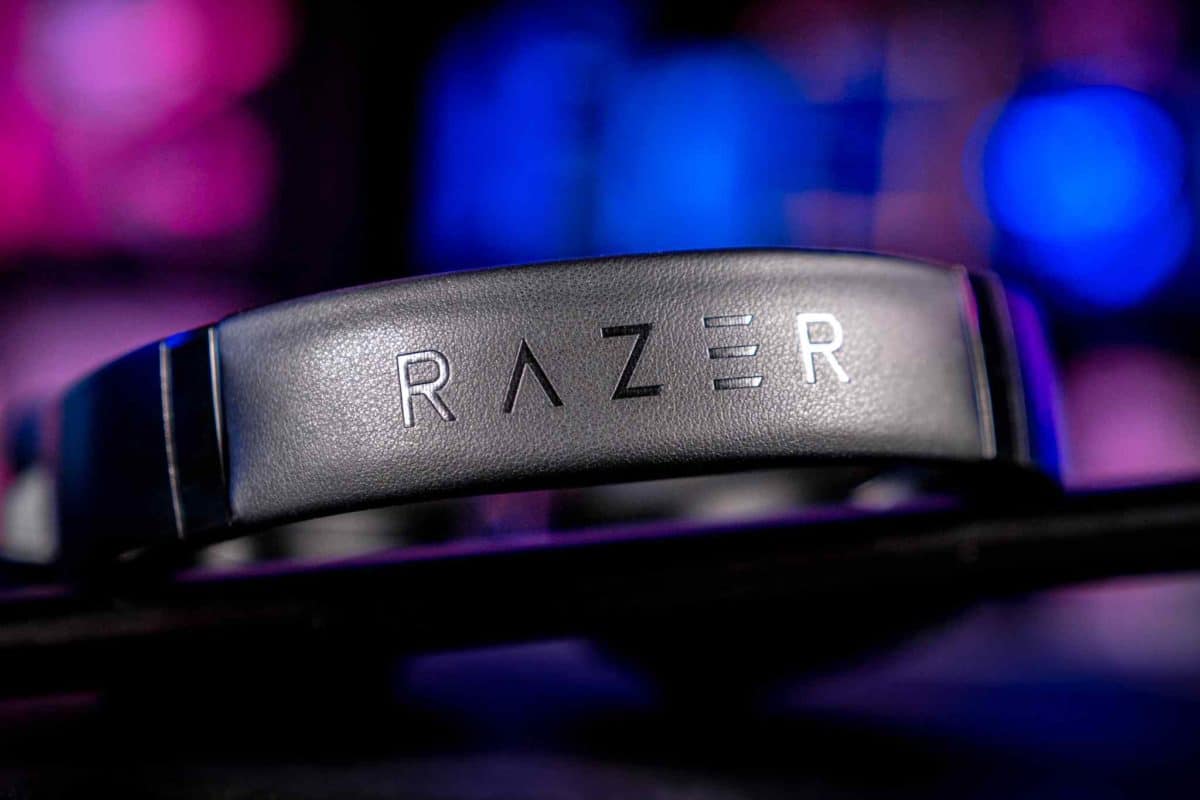
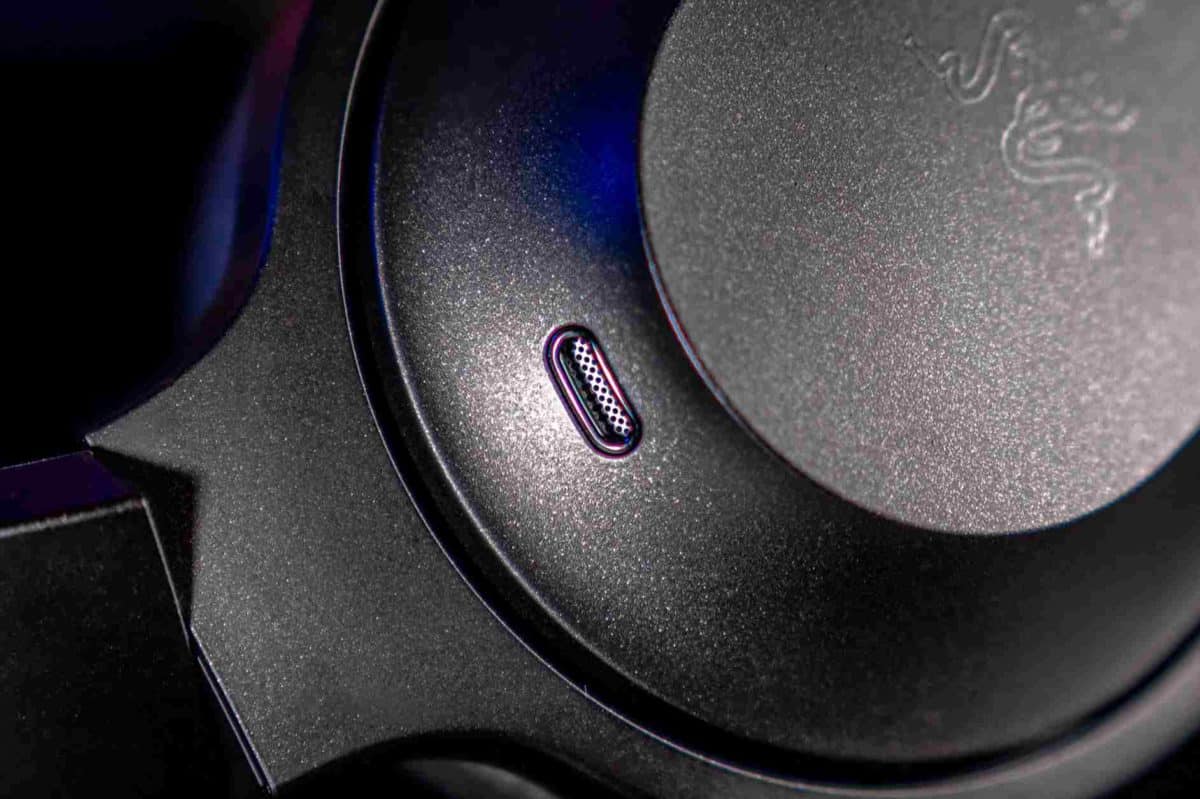
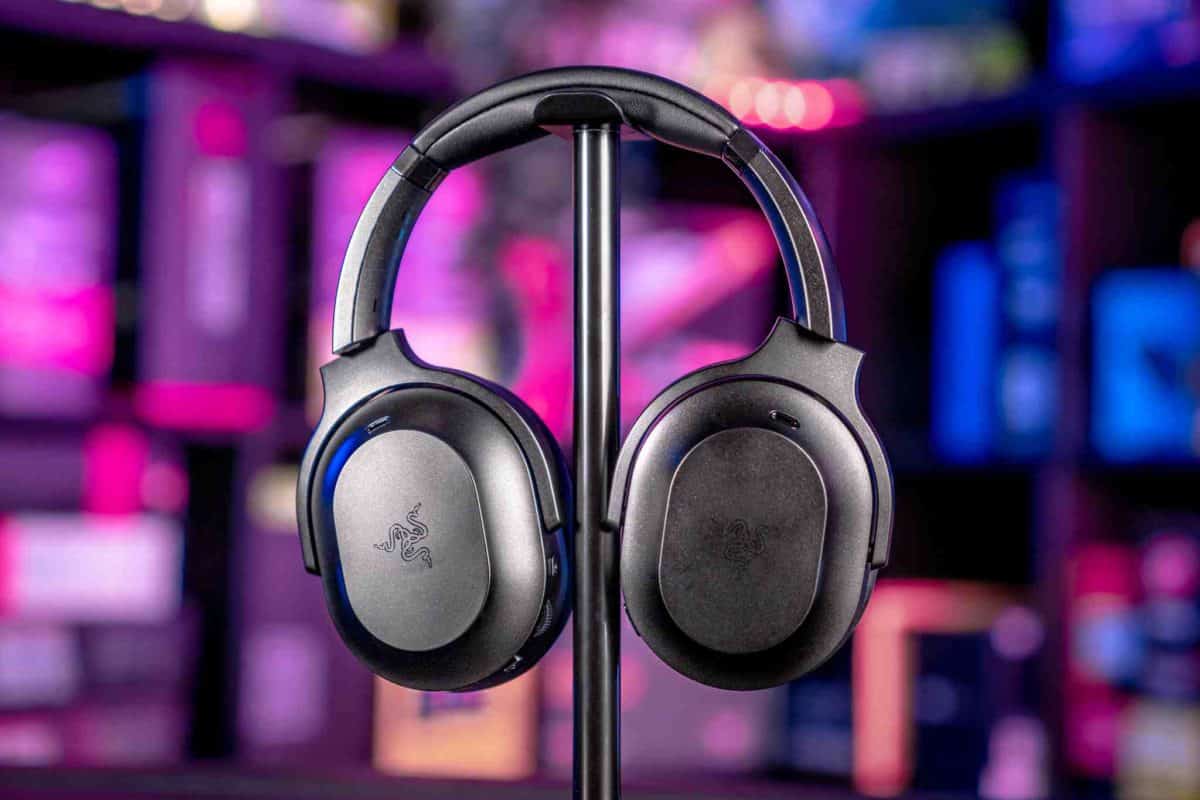
This is good news for those of you who want just one set of headphones for all applications, as you can wear these about and about, without looking like a gaming goblin who’s escaped his pit for the afternoon, which is as amusing as it is rare.
The surface finish is mostly smooth to the touch matte black, and there are accents of glossy plastic here and there that add a more premium touch.
It is all plastic though, with no metal to be found on the exterior whatsoever. We’d have preferred to see some metal on the yolks and other pivoting sections, but the build quality remains premium, despite the symphony of plastics. Speaking of which:
Build quality
It’s actually very good, outdoing most Razer headsets we’ve tried previously. When subjected to an aggressive twist test, the headband has a lot of flex but returns to normal with no problems.
Additionally, the plastic, though ubiquitous, feels great, with no hollow and brittle feeling to it, though we worry it’s scratch very easily if you choose not to use the included carrying case.
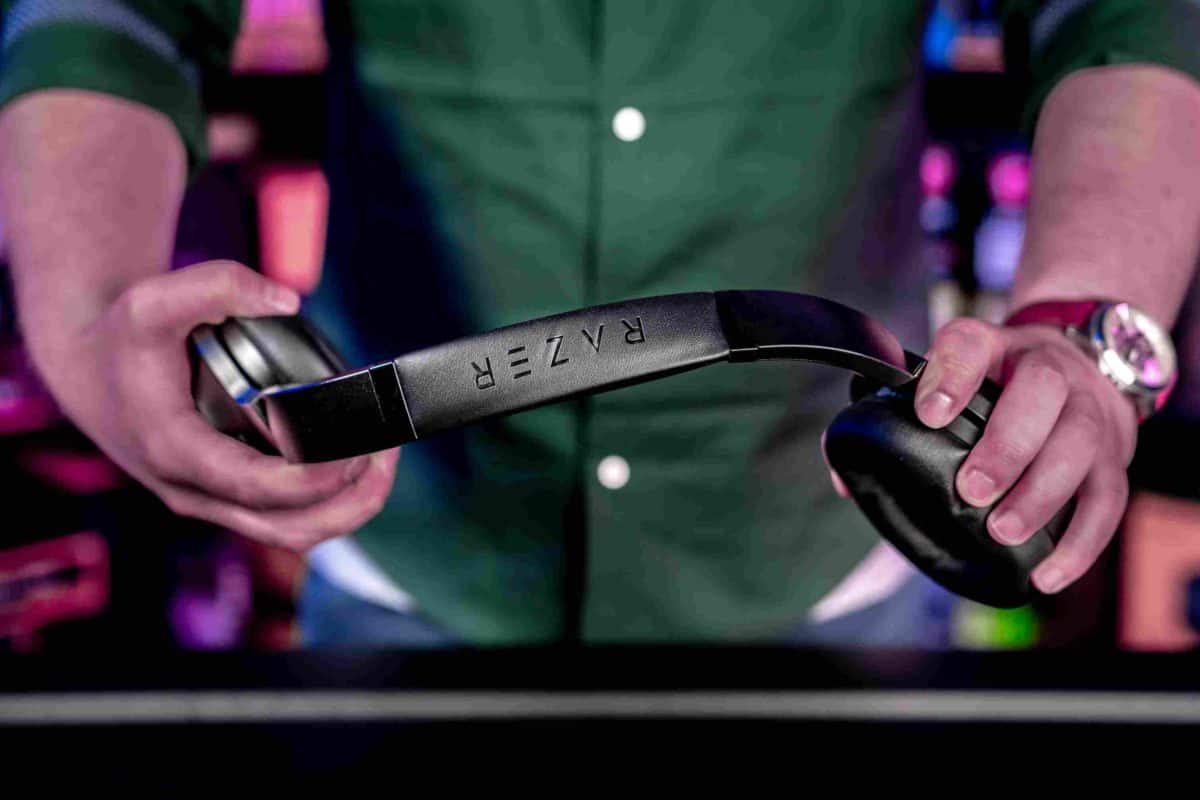
There is one thing we noticed, however, the volume wheel rubs against the main housing, which both feels a bit grim and makes a noticeably loud noise when wearing the headset. Perhaps Razer stands to improve their manufacturing tolerances a bit going forwards, cheers, boys.
A standout here is the ear cushions. There is no doubt that they are faux leather, but the softness of both the upholstery and the underlying foam is absolutely top tier.
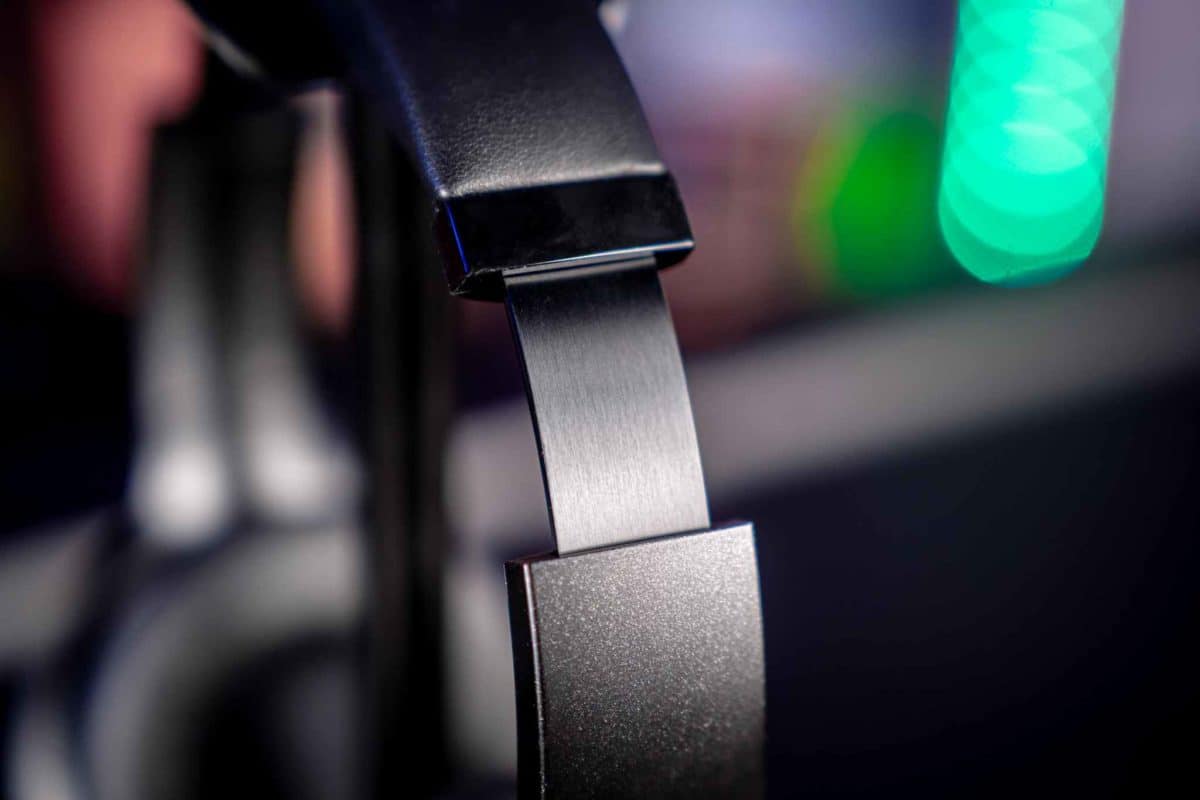
The foam isn’t too soft either, which normally leads to the ear cushions flattening out entirely, which then adversely affects comfort.
These walk a perfect line between soft and resistive, which is the ideal place to be, both in terms of longevity, and noise-cancelation.
The carrying case
This is a fantastic case, which is impressive as carrying cases aren’t what you expect from a Razer product, but despite their relative inexperience, they’ve managed to make a case that feels great and works even better.
The interior is a soft non-scratchy material that has enough padding to protect the Barracuda Pro against even the most egregious of drops. It probably won’t survive a car running over it, but if that’s a key consideration for you, maybe you should spend less money on headphones and more on driving lessons.
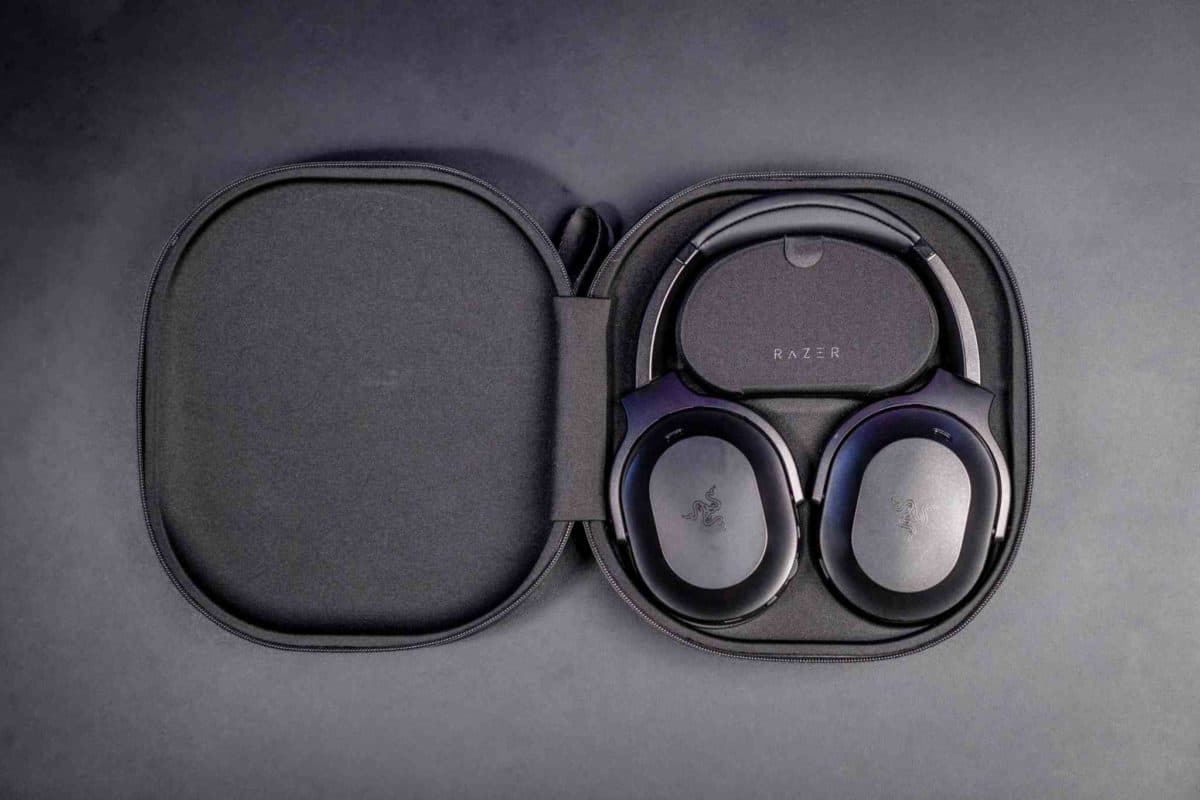
Additionally, the zips are gaurded with a sort of rubber gasket thing that leads us to believe that the case is very water resisitant. Probably not totally watertight, but you’ll be ok in the rain.
One last thing we like about the case is the little pocket inside, which is where the cables and dongle were hiding.
It’s got a magnetic clasp that pops open and closed with a satisfying snap, and the magnet strength is about right too, needing a fair, but not overly tough yank to open. This means it’ll stay closed when the casing is bouncing around in a bag so the cables won’t escape.
Sound quality & noise cancelation
Earlier in this review, we alluded to how this gaming headset seems to be designed more as a general-use set of noise-canceling headphones as opposed to a gaming headset and the audio quality supports this assertion.
We aren’t exactly sure what causes it, but the Razer Barracuda Pro’s soundscape is far more suited for music, movies, and general content consumption than it is for gaming.
We mentioned the bassy EQ earlier, it’s something you should adjust for sure, but after altering it, the headset just didn’t sound ideal for gaming, with gunshots and explosions falling a bit flat.
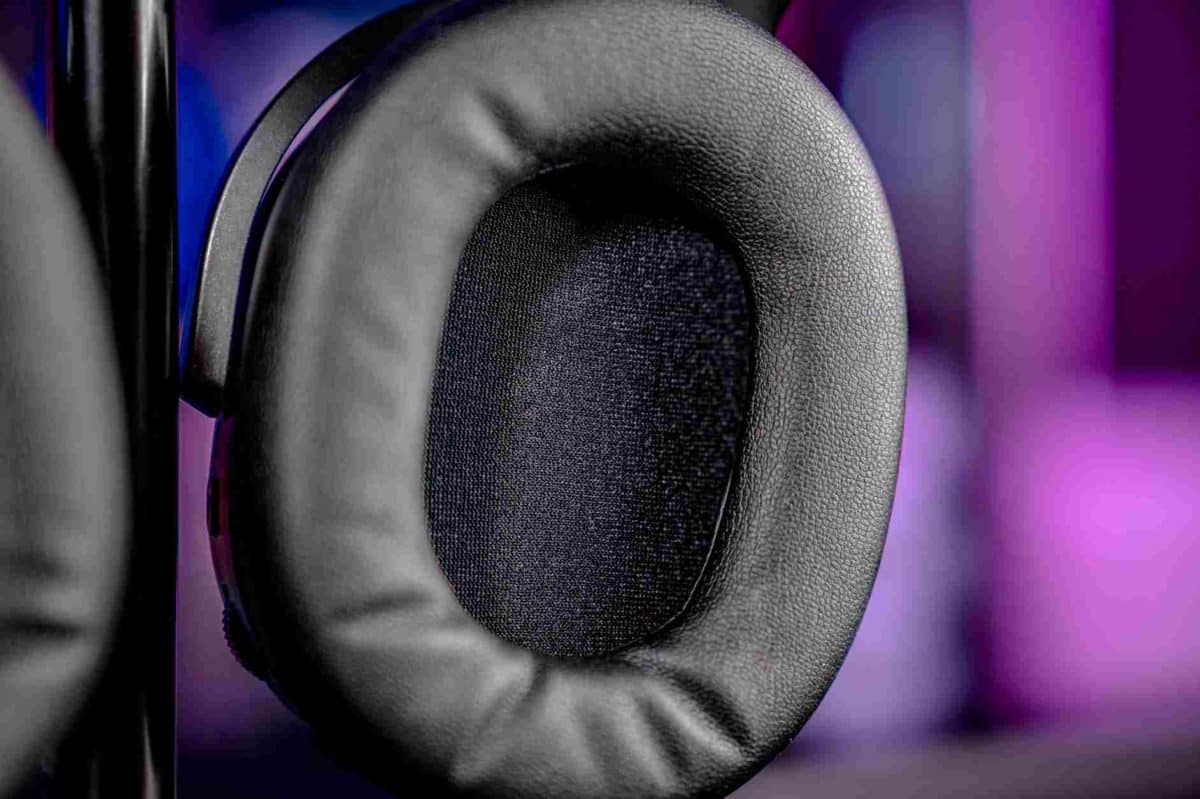
Essentially, when you adjust the headset to sound better, it doesn’t perform that well in games. This is unfortunate, as we love the non-gamer look of the Barracuda Pro, and were cautiously optimistic that it could be a great all-rounder.
The THX audio works fine for positional audio, which is crucial for gaming, and preferred for watching TV or movies. This combines with the fantastic seal around the ears for a super-immersive audio experience.
Overall, this headset sounds really good, and the noise cancellation is pretty effective as well, thanks in no small part to the seal, but here is where an issue presents itself.
Noise cancelation works by listening to your environment, and rebroadcasting the opposite frequencies of what it deems unwanted back through the drivers. (This is very oversimplified, but a good enough definition to make our point.)
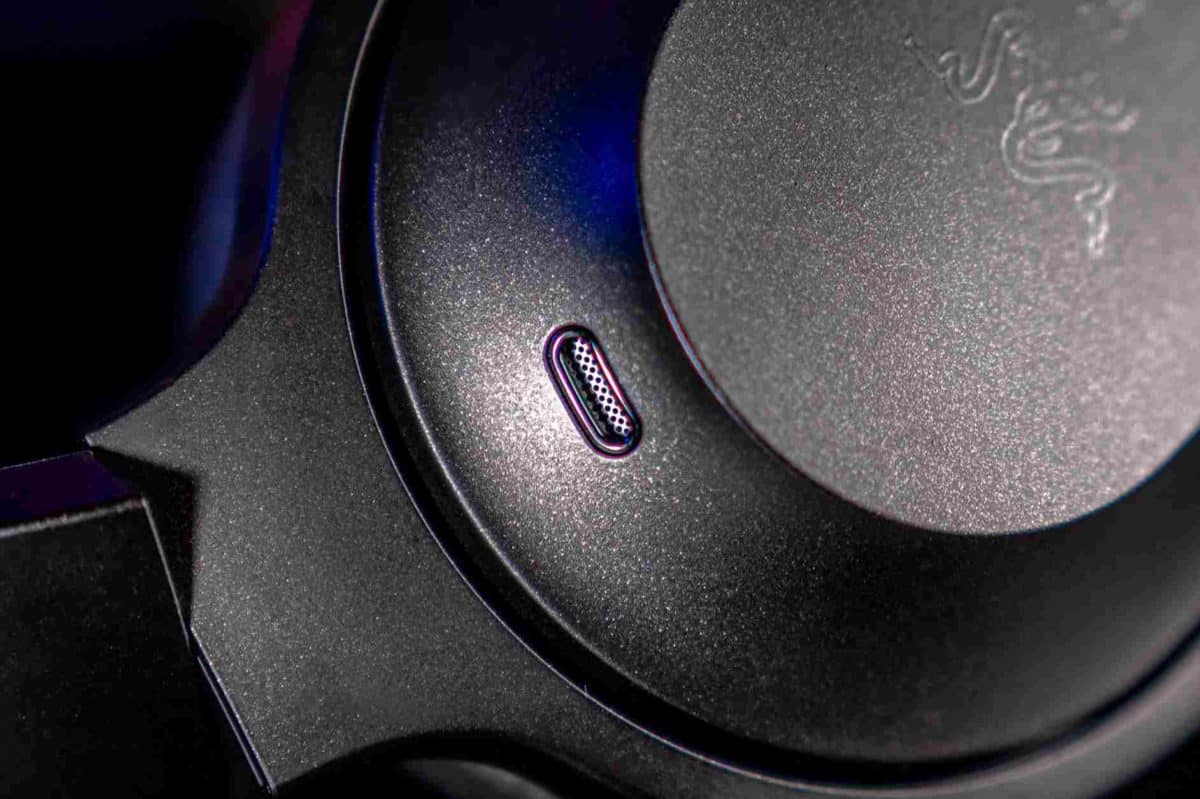
The point being, that ANC or Active noise cancellation always has an inherent adverse effect on the sound, particularly bass, and we’re sad to say that this is definitely the case here.
ANC all but murders the bass response of the Razer Barracuda Pro. You can compensate for this by upping the bass in the EQ settings, but this results in weirdly artificial extra bass, which will then become too much when you turn ANC off.
So yes, the audio quality is good, great, in fact, but it just doesn’t work well with the noise cancelation, which is unfortunate as noise cancelation is probably one of the reasons for the excessively high price.
This price gets even harder to swallow when you compare it to headphones like the Sony WH-1000XM4s, which are priced identically but have superior sound quality and ANC.
Integrated beamforming mics
We were pleasantly surprised here. After our crummy experience with the Delta S Wireless, we were expecting similarly crap noise isolation and interference,
So when we subjected the Barracuda Pro to some testing, we were very impressed as it managed to filter out all but the most aggressive of keystrokes, clicks, and other such background noise.
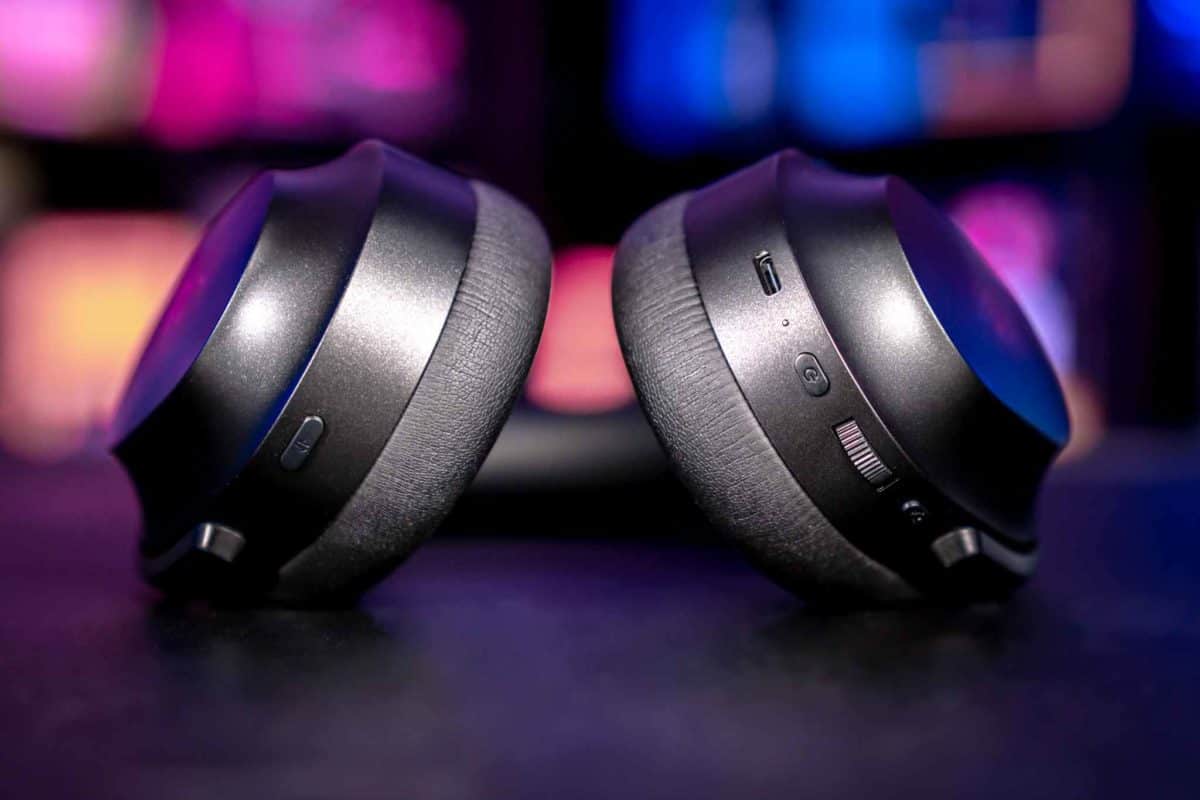
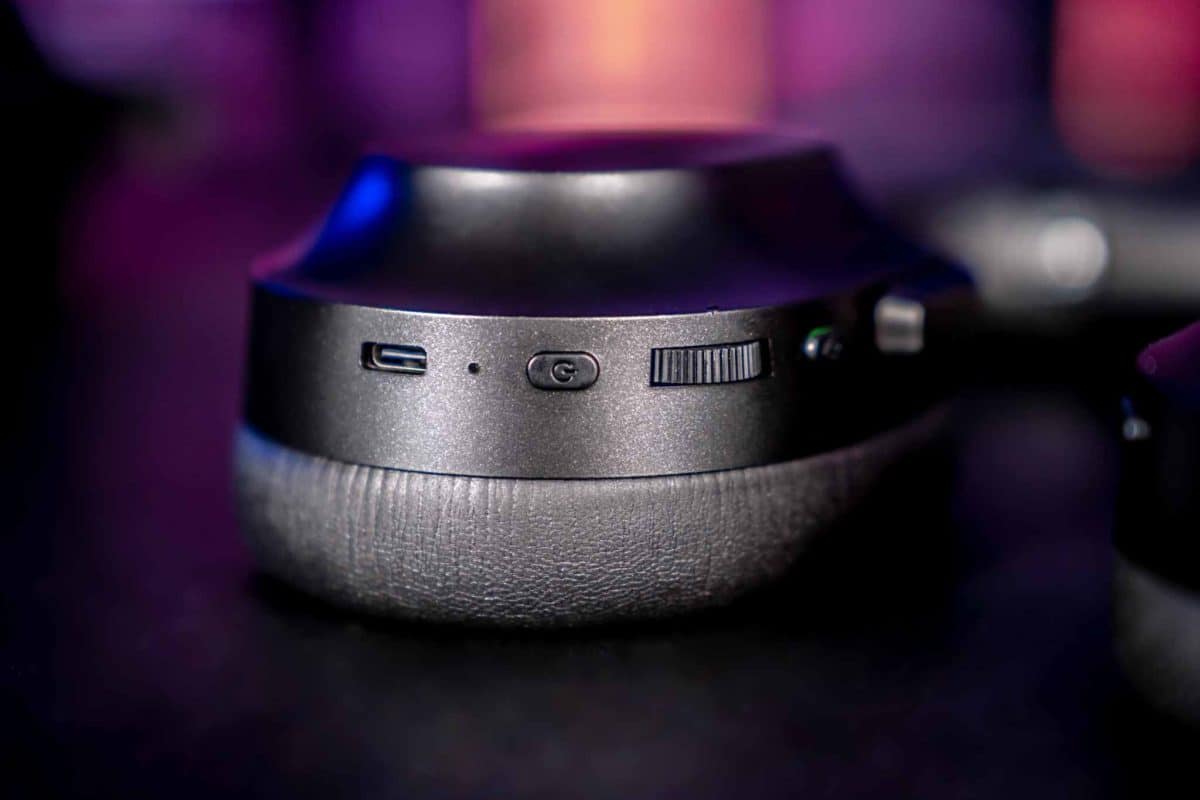
This is the first time we’ve experienced integrated beamforming mics that actually work as intended. And the result is almost perfect. We’d prefer a little more pickup volume as your voice will be heard very quietly but that’s easy enough to adjust in settings.
So, Razer has succeeded with its internal mics. It’s not quite tournament-grade as properly competitive pros will want a little more clarity and volume, but for the general online gamer, the Razer barracuda Pro is more than good enough.
Comfort
Razer does very, very well here, with one caveat that puts a slight damper on the experience, but not everyone in the office noticed it, so your mileage may vary.
The luxuriously soft ear cushions fit a feel glorious on the side of your head and will have no problem totally encompassing your ears, unless you’re big, green, and have a mule for a best friend.
the 340g/0.75 lbs weight, while pretty substantial, seems to melt away when you put the Razer Barracuda Pro on and you can scarcely feel the headset after a few seconds.
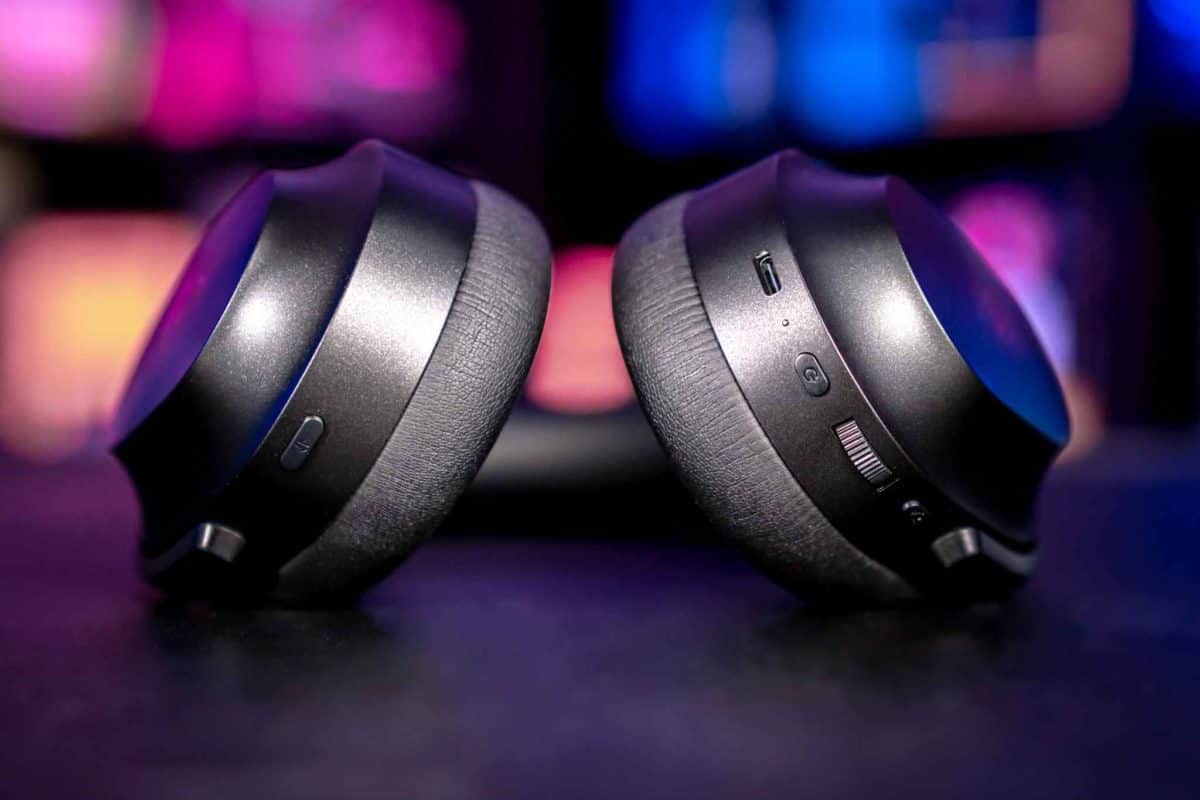
The fit is good too, with the earcups having enough tilt and swivel to adapt to different head shapes while retaining that great seal.
The headband adjustment is good too, providing for a large range of head sizes. It also keeps its length very well, which isn’t always the case as some headsets have headbands that fly open and closed at the lightest touch. We’re looking at you, Asus TUF H3 Wireless.
NOW READ: Asus TUF H3 Wireless gaming headset review
Now comes the bad news, or inconsequential news according to some of the people in the WePC offices, and it’s hidden within the headband.
Razer has added a rib of metal running perpendicular to the underside of the headband. This presumably reinforces the headband and prevents it from bending out of shape.
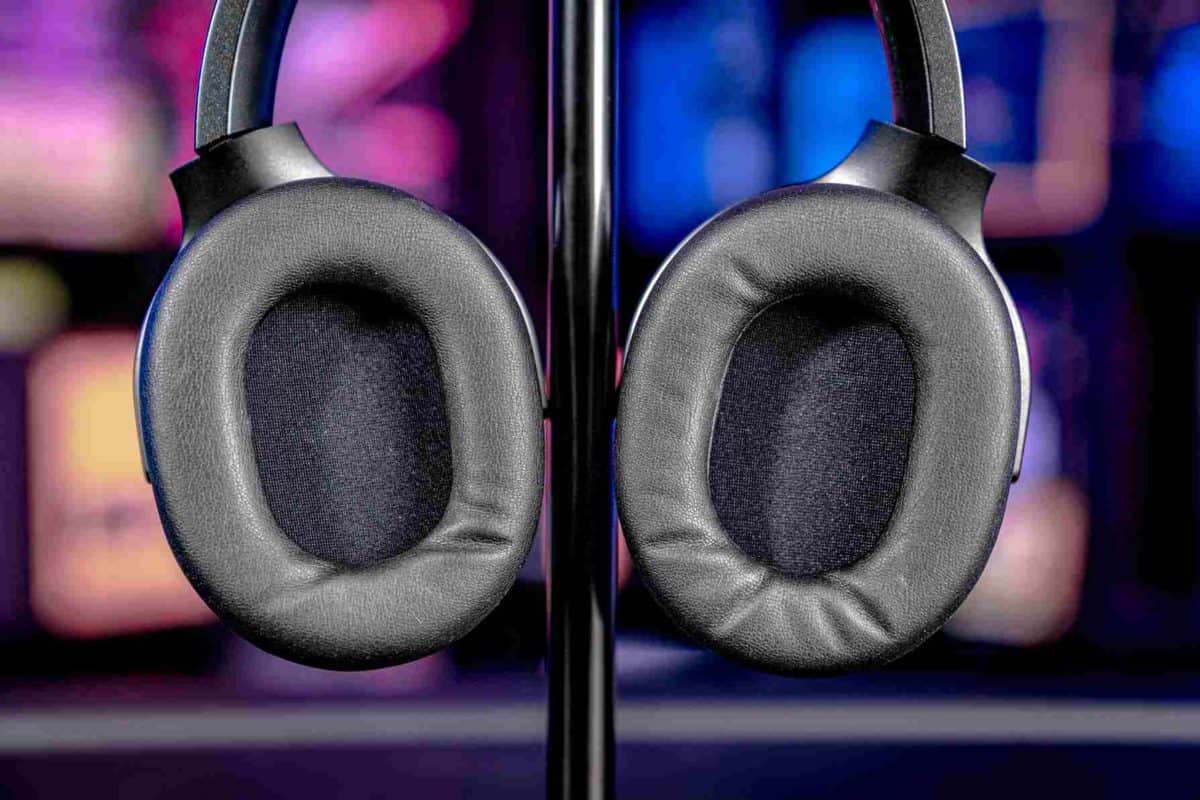
However, we found that you can feel it as a point of pressure on the top of the head, some in the office didn’t notice it, and some did.
But the fact that some of us did notice it made us wonder why it’s there in the first place, would it not succeed in its reinforcement duties positioned on the top of the headband? Where it’s out of the way and won’t cause issues?
As we said, you might not consider this an issue, or even notice it, but it’s worth noting it anyway, as it’s the one sticking point in an otherwise flawlessly comfortable headset.
Razer Barracuda Pro – Final Verdict
We finish this review surprised and impressed. Our hesitance about the beamforming mics turned out to be unfounded as the Razer Barracuda is the most comprehensive headset they’ve ever made.
It’s not perfect, of course, the price is a little ridiculous and the issue with the headband has left a slightly bitter taste in our mouth. Additionally, the ANC killing the audio quality is annoying.
If you’re in the market for an all-in-one gaming and general audio solution, we do recommend the Razer Barracuda Pro, as it’s very easy to switch it from gaming to general use and back again.
The price continues to be an issue for us, as you can get far better headphones for the same price or sometimes slightly less, however, if you just want one set of headphones for everything, It’s a great option.







